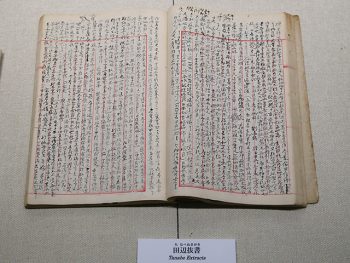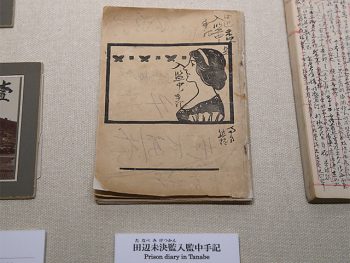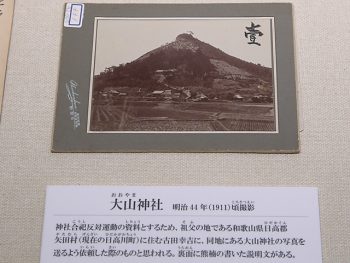In 1906, the government began the policy of merging local shrines. Due to this policy, nearly 70 percent of the shrines in Wakayama were consolidated and closed.
Kumagusu feared that the merger of shrines which were deeply connected with people’s local lives would damage folklore and culture passed on over time as well as that the ecosystems protected by shrine forests (those that existed within shrine grounds) would be destroyed, so he started his opposition movement. He was even imprisoned once due to this.
In 1911, Kumagusu wrote two long letters alerting the many negative impacts of shrine consolidation to an influential botany professor at the University of Tokyo. With the help of Yanagita Kunio, these letters were printed and distributed to influential people under the title “Two Letters from Minakata.”
Kumagusu used the word “ecology” within the opposition movement.
He can be considered a pioneer of ecological thought in Japan.


